Interview with Meg Maggio
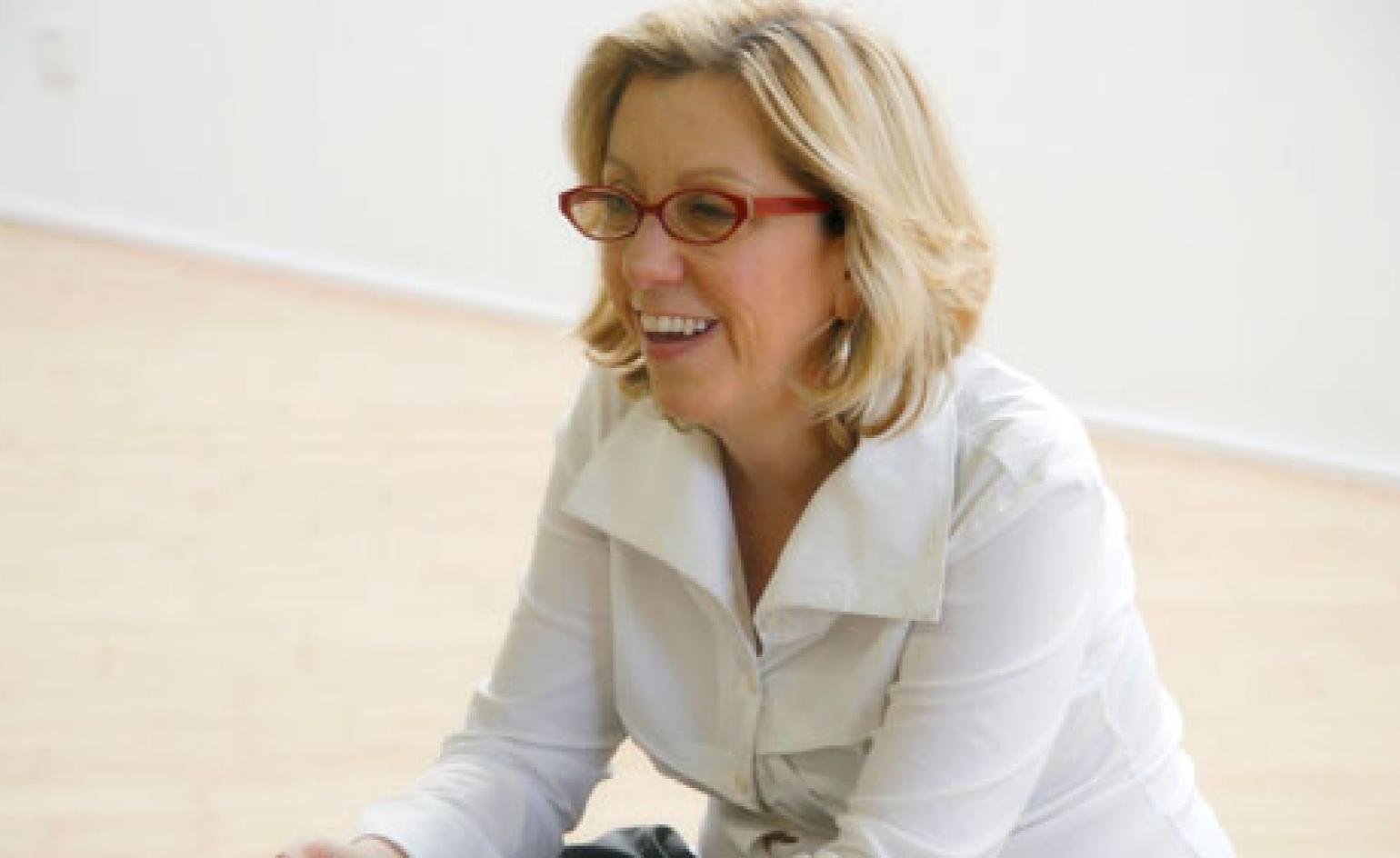
What constitutes an ‘art district’?
In Beijing, any area where artists’ studio spaces start to propagate, galleries, along with both private and public exhibit spaces quickly follow. And hence very simply, art districts are born; more de facto than planned.
How many art districts are there in Beijing?
More than I can count!
How did they develop?
In the city centre, the cost of real estate escalated in the years leading up to the 2008 Olympics. Resulting in an artist exodus to the city outskirts where rents were cheap and bricks and mortar left over from Beijing’s vast Olympic construction plans were in ready supply. Artists’ spaces quickly sprung up all around Beijing’s periphery, in the same way that itinerant worker “villages” quickly sprung up to house construction worker families from far-away provinces.
Are they supported by the government?
Receive our daily digest of inspiration, escapism and design stories from around the world direct to your inbox.
Many start as impromptu housing and work space among artist friends, which then morph if they grow to a sufficient critical mass into an area co-opted by local officials, designated for “culture industry”. Others start as converted warehouse space, due to the make-shift storage facilities needed during the pre-Olympic construction years.
Is there a danger that the more that spring up the less significant they become?
No, Beijing is vast enough to support a large number of artistic communities.
Why are they so focused in Beijing as opposed to any other city?
Beijing is traditionally seen as the capital of Chinese culture, it seems normal and natural for art districts to continue to emanate out from the vast richness of the cultural legacy of the Forbidden City and other imperial arts repositories of Beijing’s ancient city center. Beijing is also a center of learning and education with many of China’s most elite universities including national theatre, film, music and architecture four year under-grad universities and graduate schools located in Beijing. The deep and diverse creative talent pool in Beijing tends to support culture nation-wide.
How important is location?
The Eastern part of Beijing has since the 1970s been designated as the part of the city that would be open for ‘international exchange and development’. However, the universities and museums are all housed in the city center and the west and northwest. Beijing is a very fashion and trend conscious city. For the last few years, the trend was to move out to greener suburbs and build large homes in gated communities. This is now changing and people are moving back into the city center. The Western part of Beijing has traditionally housed the leadership, the military and the elite of Beijing. It continues to be an attractive area for Beijingers to live and is unlikely to become open to foreign art communities in the same way of the eastern sections of Beijing. But, who knows, Beijing is a city of rapid development where everything is possible and nothing can be completely ruled out.
Obviously they attract a lot of international interest but what is the attitude of the local population to the art districts?
Local publicity and policy is that each community has to be improved to offer residents a higher standard of quality of life, and such improvements should always include a cultural component. Beijingers frequent museums, theatres, concert halls, and art spaces regularly and understand that culture is an important legacy of the ancient capital that is Beijing. The Forbidden City and its Museum are at the heart and center of this sense of being a cultural capital. The art districts are really an extension of this.
ADDRESS
No. 241 Cao Chang Di Village,
Cui Ge Zhuang,
Chao Yang District
Beijing
Harriet Lloyd-Smith was the Arts Editor of Wallpaper*, responsible for the art pages across digital and print, including profiles, exhibition reviews, and contemporary art collaborations. She started at Wallpaper* in 2017 and has written for leading contemporary art publications, auction houses and arts charities, and lectured on review writing and art journalism. When she’s not writing about art, she’s making her own.
-
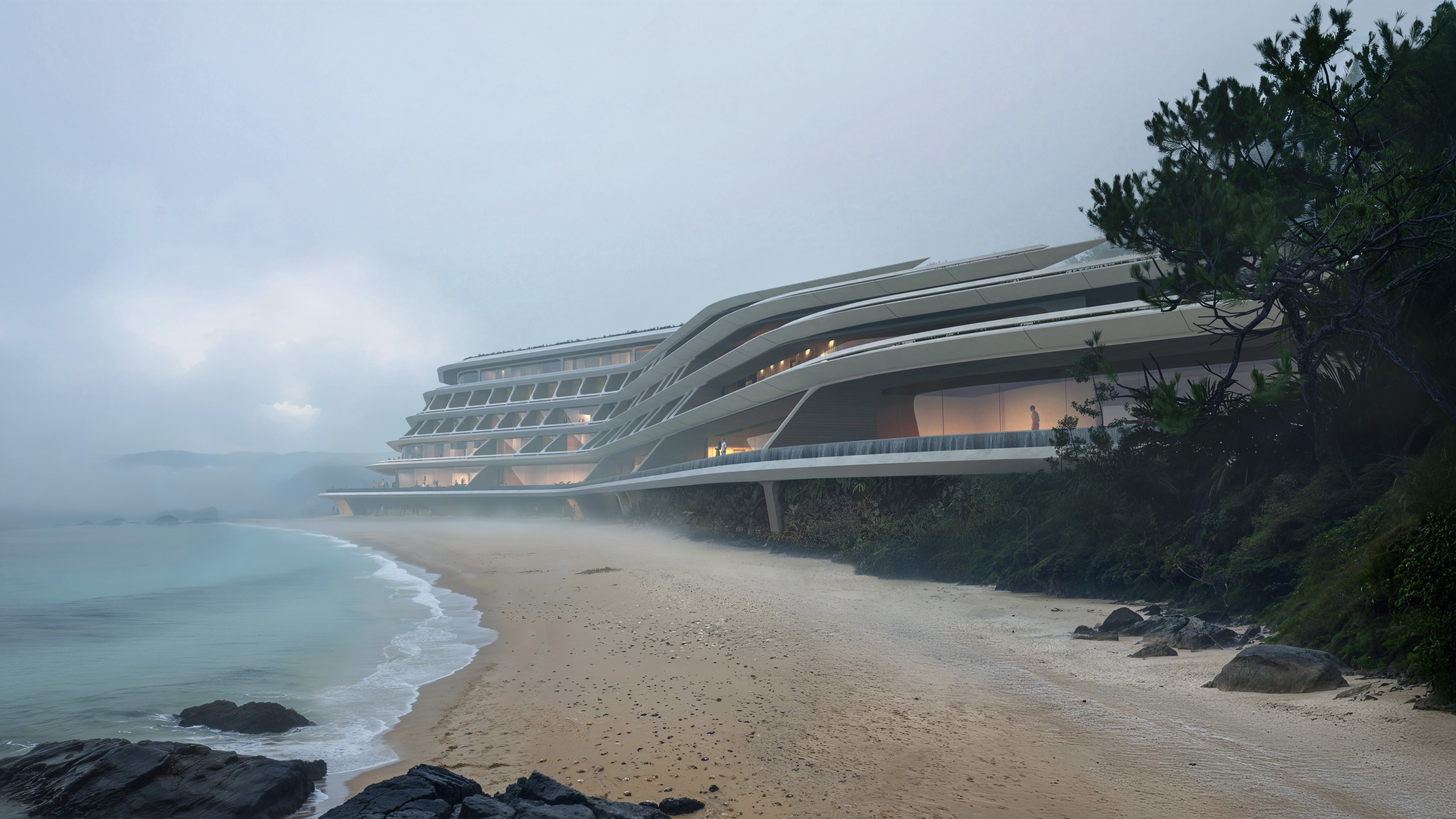 Curvilinear futurism meets subtropical beaches at Not A Hotel’s ZHA-designed Okinawa retreat
Curvilinear futurism meets subtropical beaches at Not A Hotel’s ZHA-designed Okinawa retreatZaha Hadid Architects has revealed the design for the first property in Not A Hotel’s futuristic new Vertex collection, coming soon to southern Japan
-
 Gorden Wagener leaves the helm of Mercedes-Benz design after 28 years with the company
Gorden Wagener leaves the helm of Mercedes-Benz design after 28 years with the companyThe German designer is stepping down from the role of chief design officer at Mercedes-Benz. We look back at his influence and impact on the world of automotive and luxury design
-
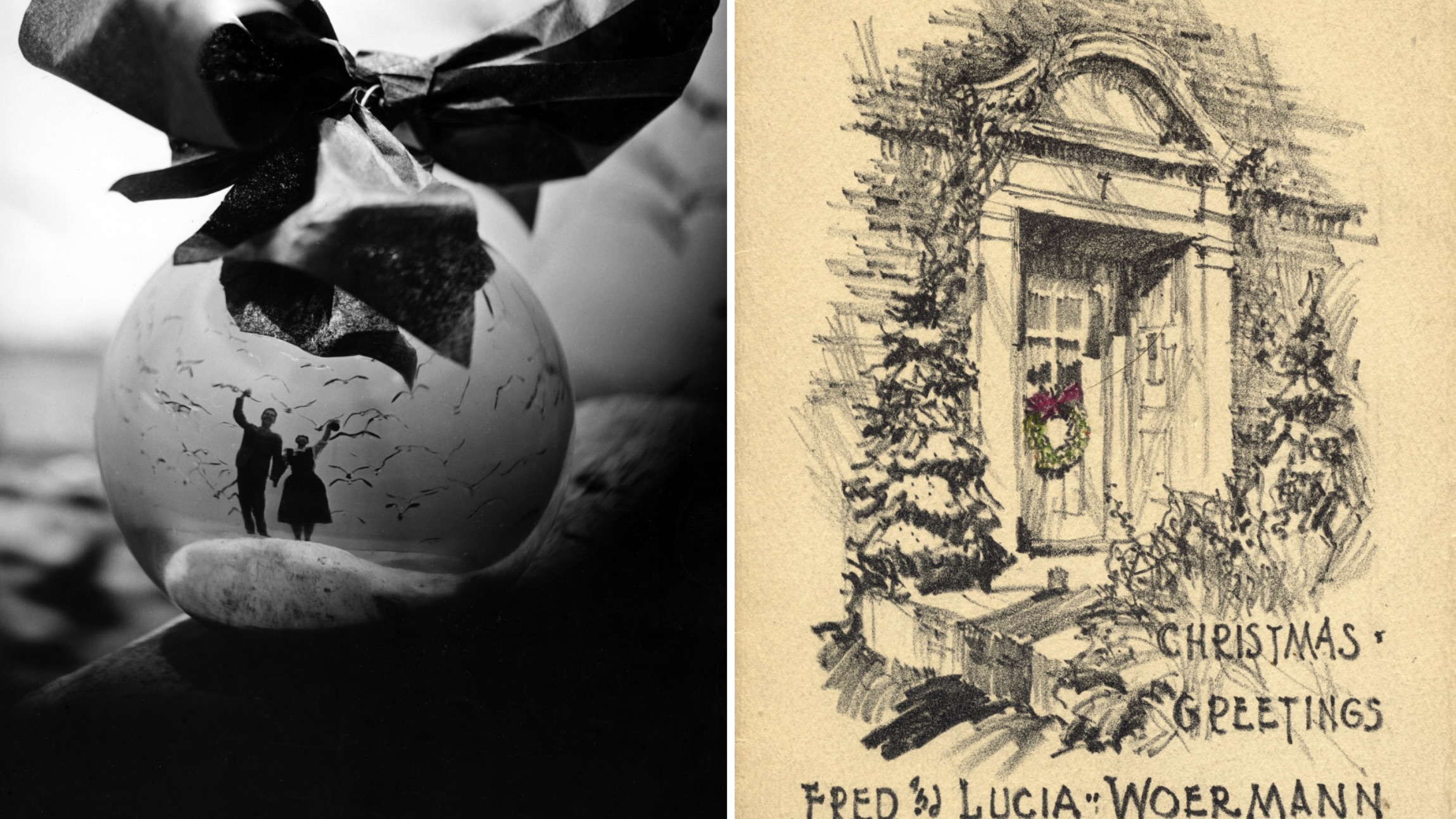 These Christmas cards sent by 20th-century architects tell their own stories
These Christmas cards sent by 20th-century architects tell their own storiesHandcrafted holiday greetings reveal the personal side of architecture and design legends such as Charles and Ray Eames, Frank Lloyd Wright and Ludwig Mies van der Rohe
-
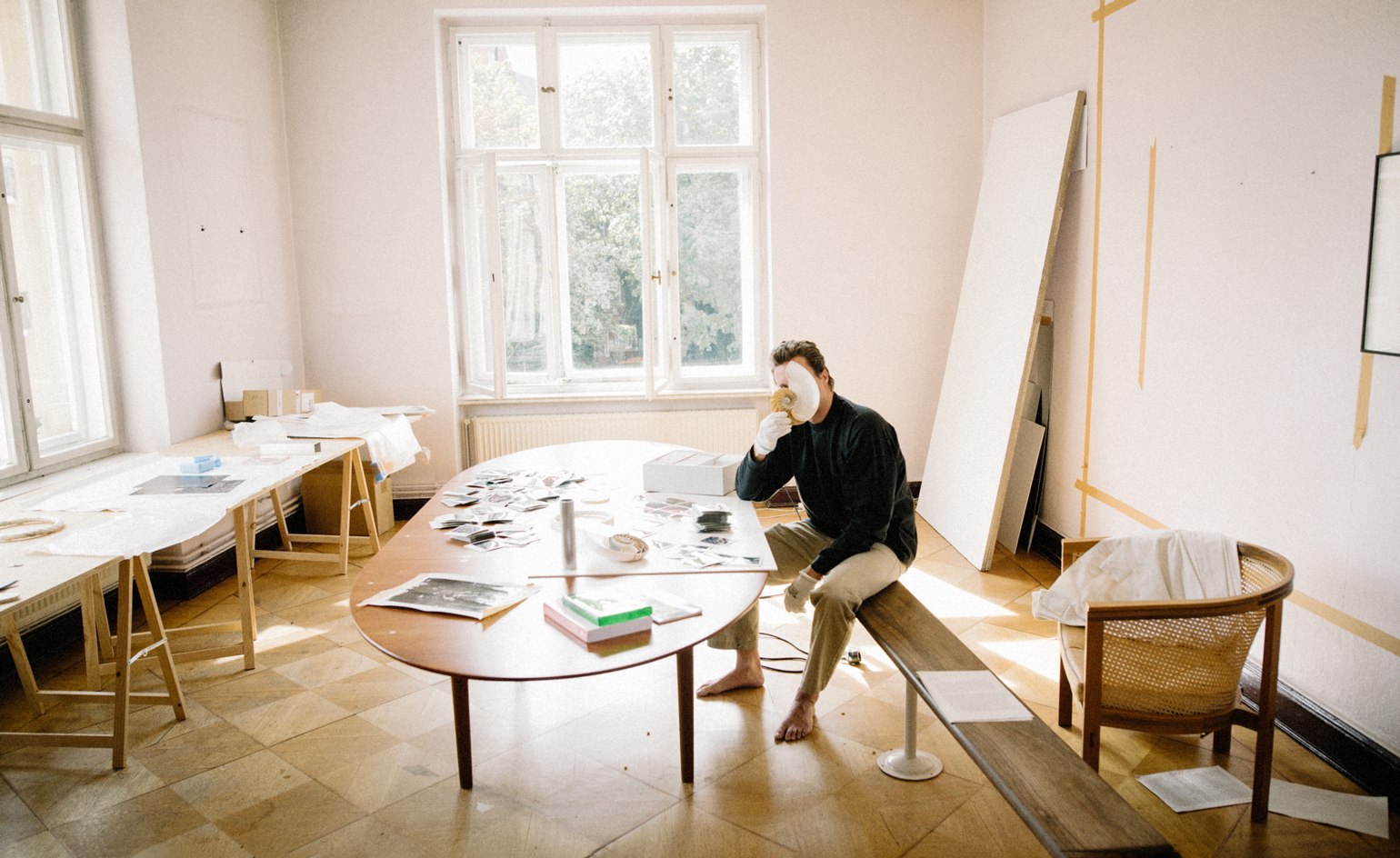 Cyprien Gaillard on chaos, reorder and excavating a Paris in flux
Cyprien Gaillard on chaos, reorder and excavating a Paris in fluxWe interviewed French artist Cyprien Gaillard ahead of his major two-part show, ‘Humpty \ Dumpty’ at Palais de Tokyo and Lafayette Anticipations (until 8 January 2023). Through abandoned clocks, love locks and asbestos, he dissects the human obsession with structural restoration
-
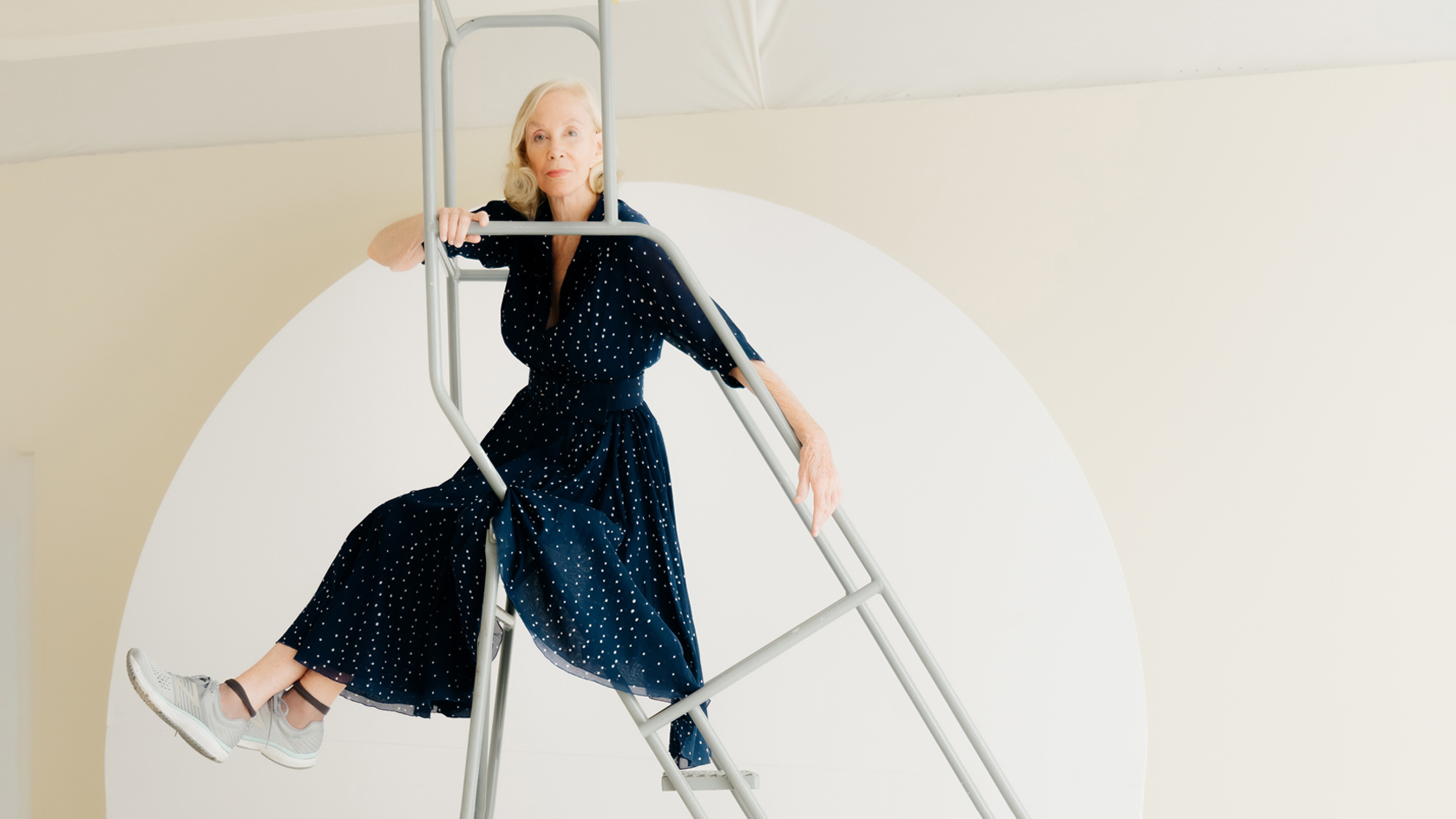 Year in review: top 10 art interviews of 2022, chosen by Wallpaper* arts editor Harriet Lloyd-Smith
Year in review: top 10 art interviews of 2022, chosen by Wallpaper* arts editor Harriet Lloyd-SmithTop 10 art interviews of 2022, as selected by Wallpaper* arts editor Harriet Lloyd-Smith, summing up another dramatic year in the art world
-
 Yayoi Kusama on love, hope and the power of art
Yayoi Kusama on love, hope and the power of artThere’s still time to see Yayoi Kusama’s major retrospective at M+, Hong Kong (until 14 May). In our interview, the legendary Japanese artist vows to continue to ‘create art to leave the message of “love forever”’
-
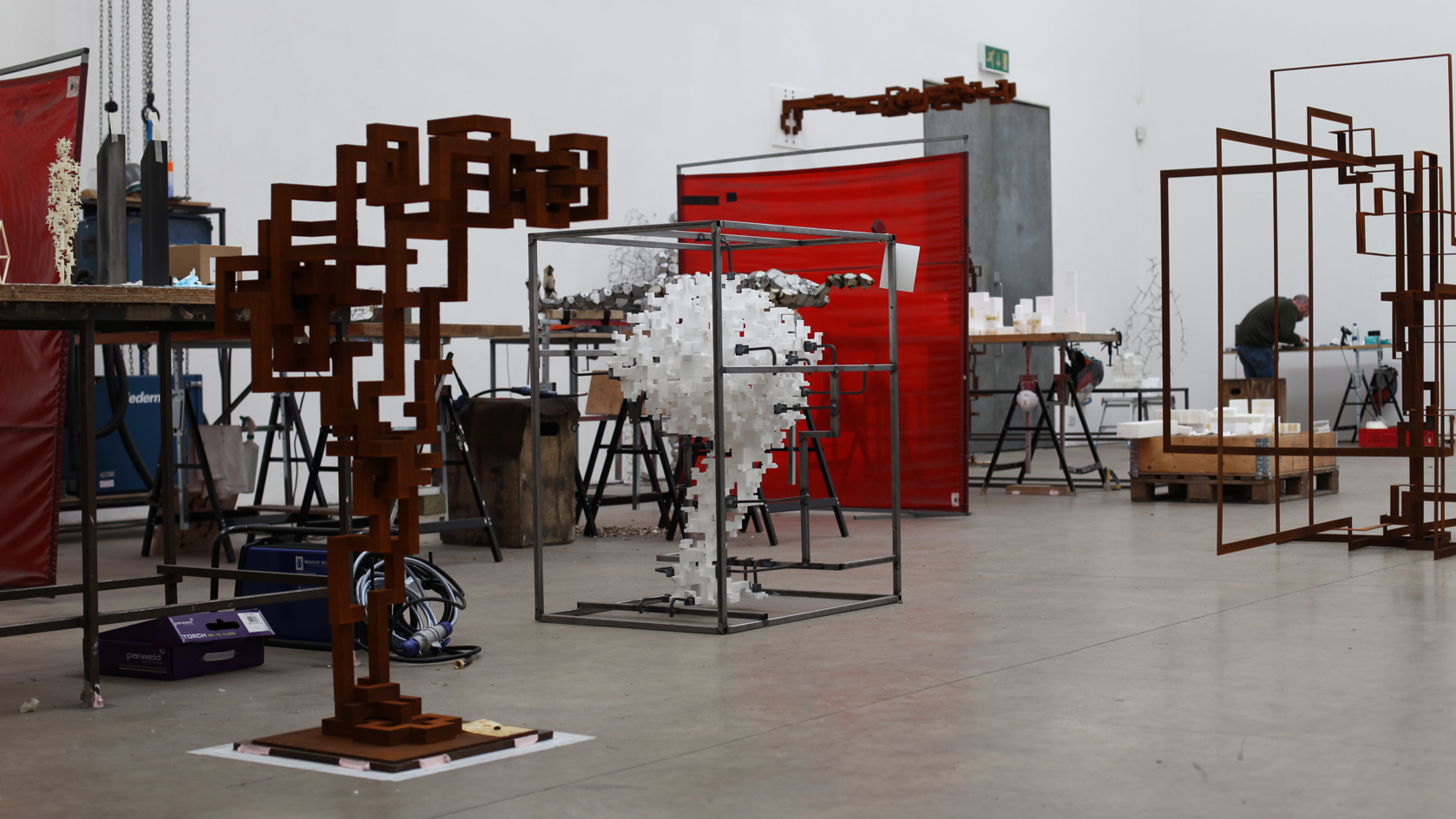 Antony Gormley interview: ‘We’re at more than a tipping point. We’re in a moment of utter crisis’
Antony Gormley interview: ‘We’re at more than a tipping point. We’re in a moment of utter crisis’We visit the London studio of British sculptor Antony Gormley ahead of his major new show ‘Body Field’ at Xavier Hufkens Brussels
-
 Photographer Maisie Cousins on nostalgia, impulsive making and ‘collecting useless things’
Photographer Maisie Cousins on nostalgia, impulsive making and ‘collecting useless things’Explore the vision of British artist Maisie Cousins in ‘Through the lens’, our monthly series spotlighting photographers who are Wallpaper* contributors
-
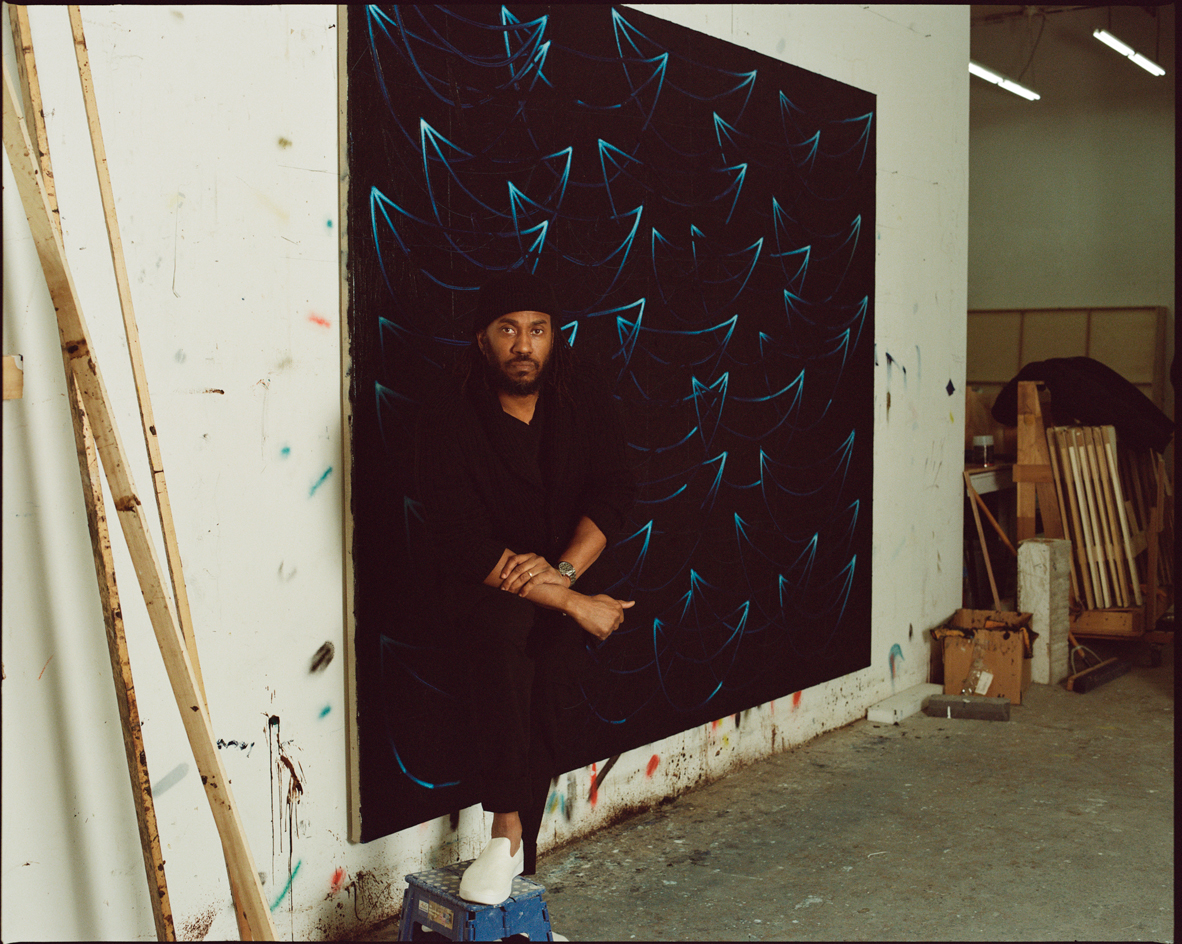 Rashid Johnson in Menorca: a journey through migration, longing and togetherness
Rashid Johnson in Menorca: a journey through migration, longing and togethernessWe visited Rashid Johnson’s Brooklyn studio ahead of the artist’s show at Hauser & Wirth Menorca, which contemplates drift – physical and emotional
-
 Step inside the kaleidoscopic universe of Pipilotti Rist
Step inside the kaleidoscopic universe of Pipilotti RistSwiss artist Pipilotti Rist, who headlines Wallpaper’s November 2022 issue, has transformed the way we see, with a poetic yet playful practice spanning three decades. Here, and in a special portfolio, she reveals how she has liberated video art from its conventions, imbued the digital realm with emotion, animated public spaces, and harnessed the healing powers of colour
-
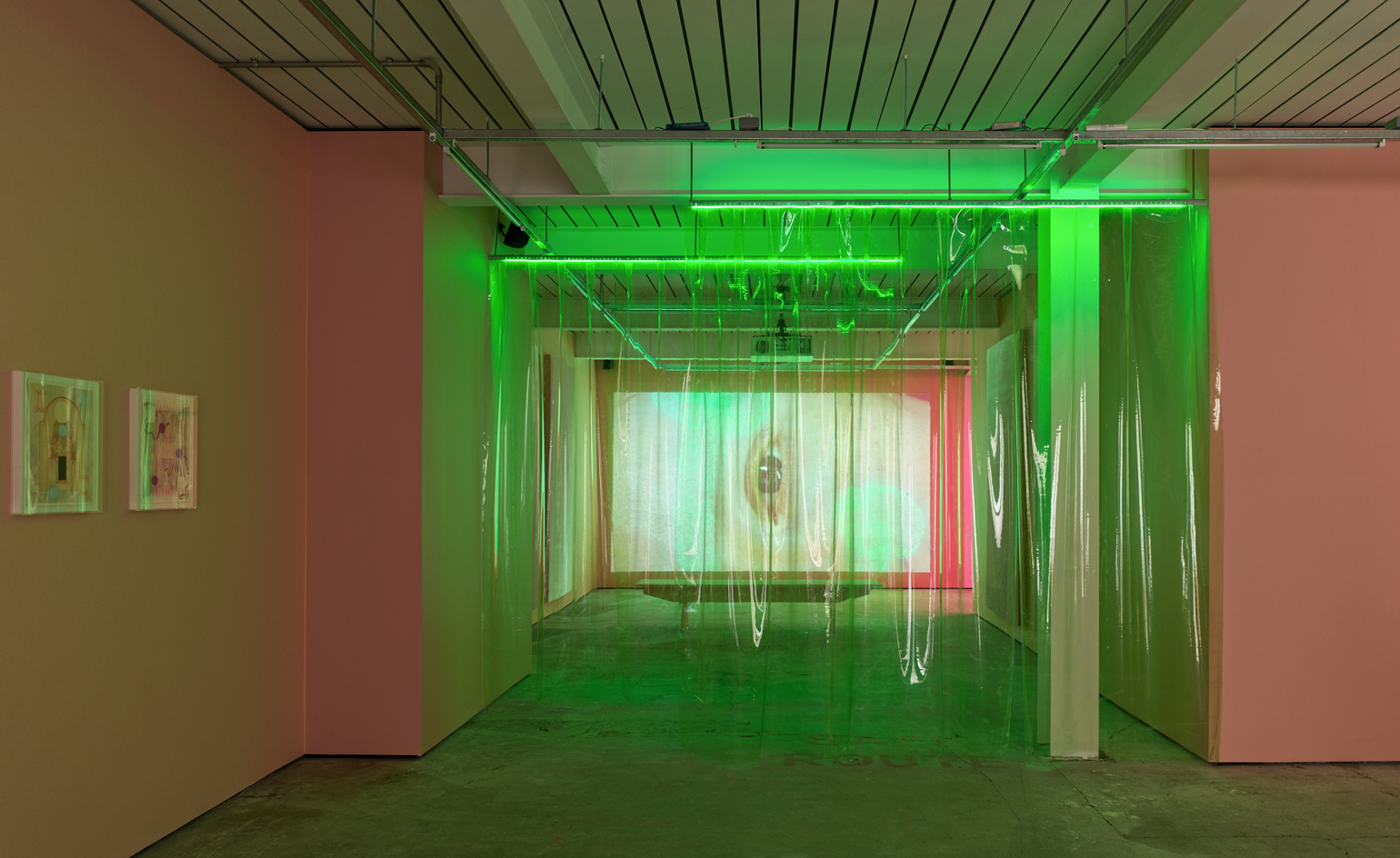 Gathering: the new Soho gallery blending art and social activism
Gathering: the new Soho gallery blending art and social activismGathering, the newest gallery resident in London’s Soho, will focus on contemporary art exploring systemic social issues. Ahead of Tai Shani’s inaugural show, we speak to founders Alex Flick and Trinidad Fombella about their vision for the gallery